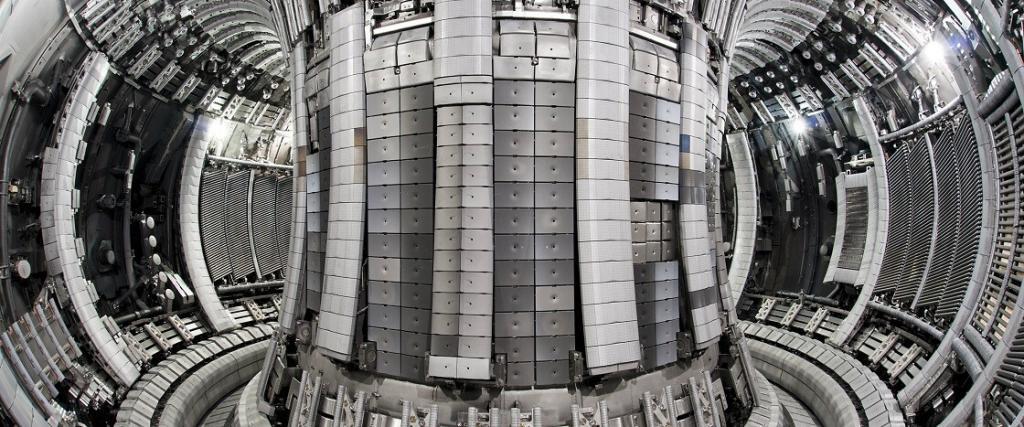
UK government takes a STEP toward fusion power
“Nuclear fusion has the potential to be an unlimited clean, safe and carbon-free energy source and we want the first commercially viable machine to be in the UK,” said Andrea Leadsom, the UK Secretary of State for Business, Energy and Industrial Strategy, on October 3.
This was part of an announcement that the UK government was investing £220M ($370 CAD) in a new fusion reactor design – called the Spherical Tokamak for Energy Production (STEP) – with the aim of making commercial fusion power available by 2040.
Quite apart from the global benefits of clean power and emission reduction, a viable fusion design would bring an enormous advantage to any country or company that produces it first. For that reason, STEP is not the only potential design out there, and the UK is not the only government hoping that its investments will lead to a fusion revolution.
Creating a reaction is not the challenge of fusion power; controlling the reaction in a way that it produces more power it consumes is.
Fusion through magnetism
STEP is a type of fusion design that uses magnetic force to compress a very hot gas (a “plasma”) down to conditions like those in the sun, where fusion happens naturally. The equipment, called a tokamak, usually forms a doughnut shape, but the sphere shape of STEP may have advantages of producing power at lower costs – which are a large part of the fusion challenge.
Perhaps the best-known tokamak reactor design is ITER, which is about halfway to completion. Its design, backed by investments from seven countries, aims to produce five times the power it consumes. Washington-based Helion Energy also has a design that uses magnetic force, but uses them to push two plasmas together at extreme speeds, creating temperatures over 100 million degrees. Commonwealth Fusion Systems also uses a tokamak in its design.
A Canadian alternative
A Canadian company, General Fusion, takes an entirely different approach. General Fusion’s design also compresses a gas into a plasma, but uses physical pressure to create the conditions for fusion. The prototype uses precision pistons, all firing at the same time, to compress a layer of liquid metal around the plasma. This increases the pressure and creates heat – hopefully driving fusion at a fraction of the cost. General Fusion plans to have a full-scale design operating in about a decade.
What amounts to hitting a fusion fuel with hammers may seem too simple to work, but the General Fusion design has attracted some big investments – for example, from Amazon’s CEO, Jeff Bezos, and $49.3 million from the Government of Canada in October 2018.
Promising as this may be, no-one knows for sure which investment seeds in the fusion field will bear fruit. So, the Canadian government remains interested in the potential of ITER. Even if Canada does not benefit directly from ITER, Canadian expertise on fusion technologies may make a contribution. For example, the CNL Tritium Facility has long been involved in the testing of tritium fuels for fusion reactors, while the University of Saskatchewan operates and studies a small tokamak, building on more than 60 years of plasma and fusion research.



